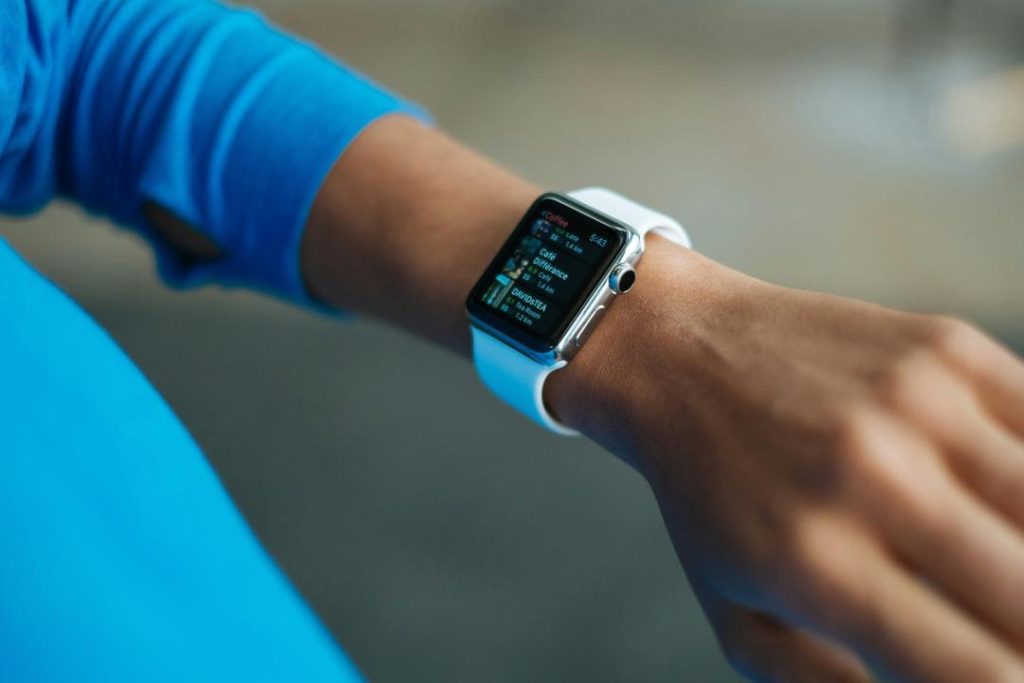
New Study Shows Smartwatches Detect IBD Risk Signals
Inflammatory bowel disease (IBD) is a chronic and debilitating condition that affects millions of people worldwide. The disease is characterized by chronic inflammation in the digestive tract, which can lead to symptoms such as abdominal pain, diarrhea, and weight loss. While there is no cure for IBD, treatment options are available to manage the symptoms and reduce the risk of complications. However, predicting and preventing IBD flares remains a significant challenge for healthcare providers and patients alike.
A recent study published in the journal Gastroenterology has shed new light on the potential of smartwatches and fitness trackers to detect early changes in heart rate, variability, and activity that may indicate an IBD flare. The study found that these wearable devices can detect signals of IBD risk up to 7 weeks before a flare occurs, offering patients a valuable early warning system.
The Study
The study, which was conducted by a team of researchers from the University of California, San Francisco, and the University of California, Los Angeles, analyzed data from 44 patients with IBD who wore smartwatches and fitness trackers for at least 6 months. The researchers used machine learning algorithms to analyze the data and identify patterns that were associated with IBD flares.
The study found that changes in heart rate variability, which is the variation in the time interval between heartbeats, were a key indicator of IBD risk. Patients who experienced an IBD flare were more likely to have a decrease in heart rate variability in the weeks leading up to the flare. The researchers also found that changes in activity levels, such as a decrease in physical activity, were another indicator of IBD risk.
The study’s findings suggest that smartwatches and fitness trackers can be used to monitor IBD patients and detect early signs of an impending flare. This information can be used to adjust treatment plans and prevent hospitalizations.
The Potential of Wearable Devices
The study’s findings are significant because they demonstrate the potential of wearable devices to detect early signs of IBD risk. These devices are widely used by millions of people around the world, and they can be used to monitor a range of health metrics, including heart rate, activity levels, and sleep quality.
Wearable devices have several advantages over traditional methods of monitoring IBD risk. For example, they can be used to collect data continuously over long periods of time, which can help to identify patterns and trends that may not be apparent from a single measurement. They are also noninvasive, which can reduce the risk of complications and discomfort associated with traditional diagnostic tests.
In addition, wearable devices can be used to track a range of health metrics that are relevant to IBD risk. For example, they can track heart rate and activity levels, which can help to identify early signs of an impending flare. They can also track sleep quality, which is an important factor in IBD risk.
The Implications for Patients and Healthcare Providers
The study’s findings have significant implications for patients and healthcare providers. For patients, the study’s findings suggest that wearable devices can be used to monitor IBD risk and detect early signs of an impending flare. This information can be used to adjust treatment plans and prevent hospitalizations.
For healthcare providers, the study’s findings suggest that wearable devices can be used to monitor IBD patients and detect early signs of an impending flare. This information can be used to adjust treatment plans and prevent hospitalizations.
The study’s findings also highlight the need for further research into the use of wearable devices to detect IBD risk. While the study’s findings are promising, more research is needed to fully understand the potential of these devices and to develop algorithms that can accurately detect IBD risk.
Conclusion
The study’s findings suggest that smartwatches and fitness trackers can be used to detect early signs of IBD risk by analyzing changes in heart rate variability and activity levels. These devices have the potential to offer patients a valuable early warning system, which can be used to adjust treatment plans and prevent hospitalizations.
While the study’s findings are promising, more research is needed to fully understand the potential of wearable devices to detect IBD risk. However, the study’s findings suggest that these devices may be a valuable tool in the management of IBD, and they offer a new avenue of research into the detection and prevention of IBD flares.
Source






